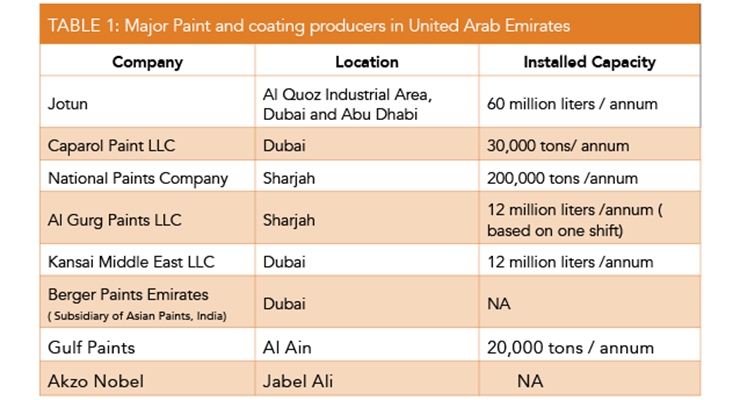Understanding The Differences Between Exterior And Interior Paint: Trick Attributes And Utilizes
Understanding The Differences Between Exterior And Interior Paint: Trick Attributes And Utilizes
Blog Article
Web Content Writer-Ellis Wilkerson
When you're picking between exterior and interior paint, it's vital to understand their fundamental differences that affect both efficiency and appearances. Inside paints are crafted for reduced VOC degrees and smoother finishes, making them ideal for interior rooms, while outside paints are created to endure harsh weather conditions and UV direct exposure. Each type serves a distinctive objective, however knowing when to make use of one over the other can considerably influence your task's result. So, what aspects should you take into consideration when making your option?
Structure and Formulation
When selecting between exterior and interior paint, understanding their composition and solution is crucial. Inside paints generally consist of a reduced quantity of volatile natural compounds (VOCs), making them more secure for interior air quality. You'll notice they usually have a smoother finish, which improves their ability to resist spots and permits simpler cleaning. They're designed to hold up against the rigors of interior settings, including varying humidity levels and temperature changes.
On the other hand, outside paints are developed to sustain harsher conditions. They usually have greater degrees of pigments and additives to withstand fading from UV rays, as well as to stop mildew and mold and mildew growth. Their structure consists of extra binders and resins, which offer better bond to surface areas revealed to the elements. This guarantees the paint can stand up to rain, snow, and varying temperatures without peeling off or cracking.
Efficiency and Sturdiness
Evaluating efficiency and toughness is necessary when picking between exterior and interior paint. Interior paint is designed for surfaces that experience much less deterioration. It generally resists fading and scuffing, making it perfect for living areas and rooms. However, straightline may not stand up well in high-moisture locations like bathroom and kitchens without appropriate formulation.
On the other hand, exterior paint encounters harsher conditions. It's crafted to withstand UV rays, rain, and temperature variations. This type of paint commonly includes additives that protect against mold and mildew growth, making certain long life in numerous environments. When you make use of exterior paint, you can anticipate it to last several years longer than indoor paint, provided it's applied correctly.
Another essential distinction lies in the finish choices. Interior paints commonly have a variety of coatings for visual appeal, while outside paints prioritize durability over luster. If you're looking for something that can manage the aspects, exterior paint is your best choice.
On the other hand, if you're focused on interior visual appeals with much less issue for severe problems, interior paint could be suitable. Eventually, your choice must line up with the certain needs of the setting.
Visual Considerations
A fresh layer of paint can change a space, yet aesthetic factors to consider play an essential role in your option between interior and exterior options. When you're picking paint, think of the state of mind you intend to develop. Inside paint permits you to discover a bigger series of colors and surfaces, enabling you to reveal your personal design and enhance your home's ambiance. Whether https://rylanscmud.qodsblog.com/31407836/the-ability-of-home-revitalization-why-it-s-important-to-work-with-specialist-residence-painters choose soft pastels or strong hues, the right interior paint can make your rooms really feel comfy, vivid, or serene.
On the other hand, exterior paint needs to line up with your home's style and the surrounding setting. Right here, you're not simply making a style statement; you're additionally thinking about aesthetic appeal. Choosing colors that harmonize with your neighborhood can increase your home's worth and aesthetic appeal. Remember that exterior paint is also subject to fading and climate changes, so picking a classic shade can conserve you from constant repainting.
Eventually, think about exactly how each choice fits your vision. By aligning your paint choice with your preferred aesthetic, you can create areas that mirror your character while maintaining capability.
Conclusion
When it comes to selecting paint, comprehending the key distinctions in between exterior and interior choices is crucial. Interior paints concentrate on looks and low VOCs, making them excellent for enhancing your indoor spaces. In contrast, outside paints are developed for sturdiness and weather resistance, shielding your home from the elements. By considering your specific requirements and the setting, you can with confidence choose the best paint to achieve the look and longevity you prefer for your room.
